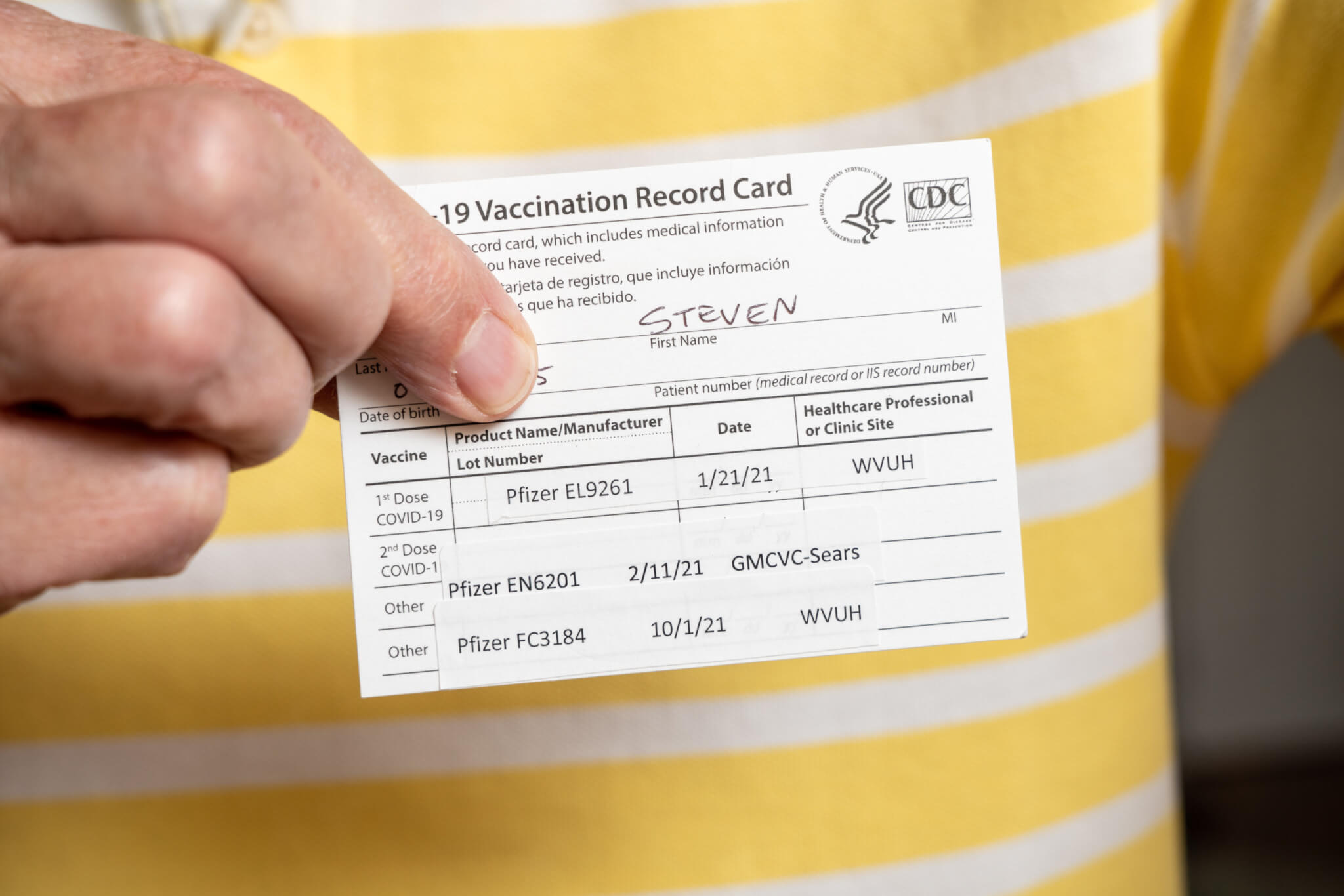Vaccines have been our guardians against infectious diseases for centuries, offering a shield of protection that has transformed public health. From eradicating smallpox to taming polio, vaccines have a storied past. They remain at the forefront of our fight against new and emerging diseases, as seen with the recent COVID-19 pandemic. Understanding how these tiny but mighty tools work is critical to appreciating their role in our health and well-being.
Vaccines Literally Train the Immune System
Imagine vaccines as specialized trainers for your immune system. They introduce a harmless imitation of a pathogen – a virus, bacterium, or other microbe – to your body. This imitation is not strong enough to cause illness but is perfect for a practice session. Your immune system learns to recognize and combat this invader, preparing it to face the real threat in the future. It’s like a fire drill for your body’s defenses!
Vaccines come in various forms. Traditional vaccines use weakened or inactivated versions of the pathogen. They give the immune system a preview of the enemy without any real threat. On the other hand, modern vaccines, like mRNA vaccines, take a different approach. They use genetic blueprints to teach our cells how to produce a piece of the pathogen (like a protein), triggering an immune response. Both strategies aim for the same goal: to prime your immune system for a real encounter.

Our immune system is an intricate network of cells and molecules, each with a unique role. B cells create antibodies that block infections. T cells have various functions, including killing infected cells. Memory cells are the long-term guardians, remembering past invaders, and ensuring a swift response to future encounters. This system is a marvel of biological engineering, working tirelessly to keep us safe.
Vaccines offer varying degrees of immunity. Some, like the measles vaccine, provide lifelong protection. Others, like the flu vaccine, require regular updates to keep up with evolving pathogens. Booster shots are sometimes necessary to reinvigorate our immune defenses, ensuring continued protection against certain diseases.

Vaccine development is meticulous and thorough. In human clinical trials, vaccines undergo three phases of testing. Initially tested on a small group of volunteers, they progressively reach larger and more diverse populations. The goal is to determine the optimal dosage and confirm that the vaccine effectively prevents disease without significant side effects. Post-approval, Phase 4 trials continue to monitor long-term effects and efficacy in the general population.
Vaccines come in several forms, each tailored to fight different pathogens effectively. Inactivated and live attenuated vaccines use forms of the germ itself. mRNA and viral vector vaccines use genetic material to instruct our cells in defense.
Recombinant, subunit, and conjugated vaccines target specific parts of the germ, while toxoid vaccines focus on neutralizing toxins produced by germs. This diversity allows us to tackle a wide range of infectious diseases effectively.
Vaccines stand as one of the most significant public health achievements. They are a testament to scientific innovation and our understanding of the immune system. As you navigate health decisions for yourself and your loved ones, remember vaccines’ role in maintaining our collective health.
You might also be interested in:
- RSV, COVID-19, & Flu Shots: Breaking Down Who Should Get These Vaccines And When
- Women face higher risk of experiencing adverse reactions to flu shots, study warns
- Universal flu vaccine closer to reality after discovery of new antibody

